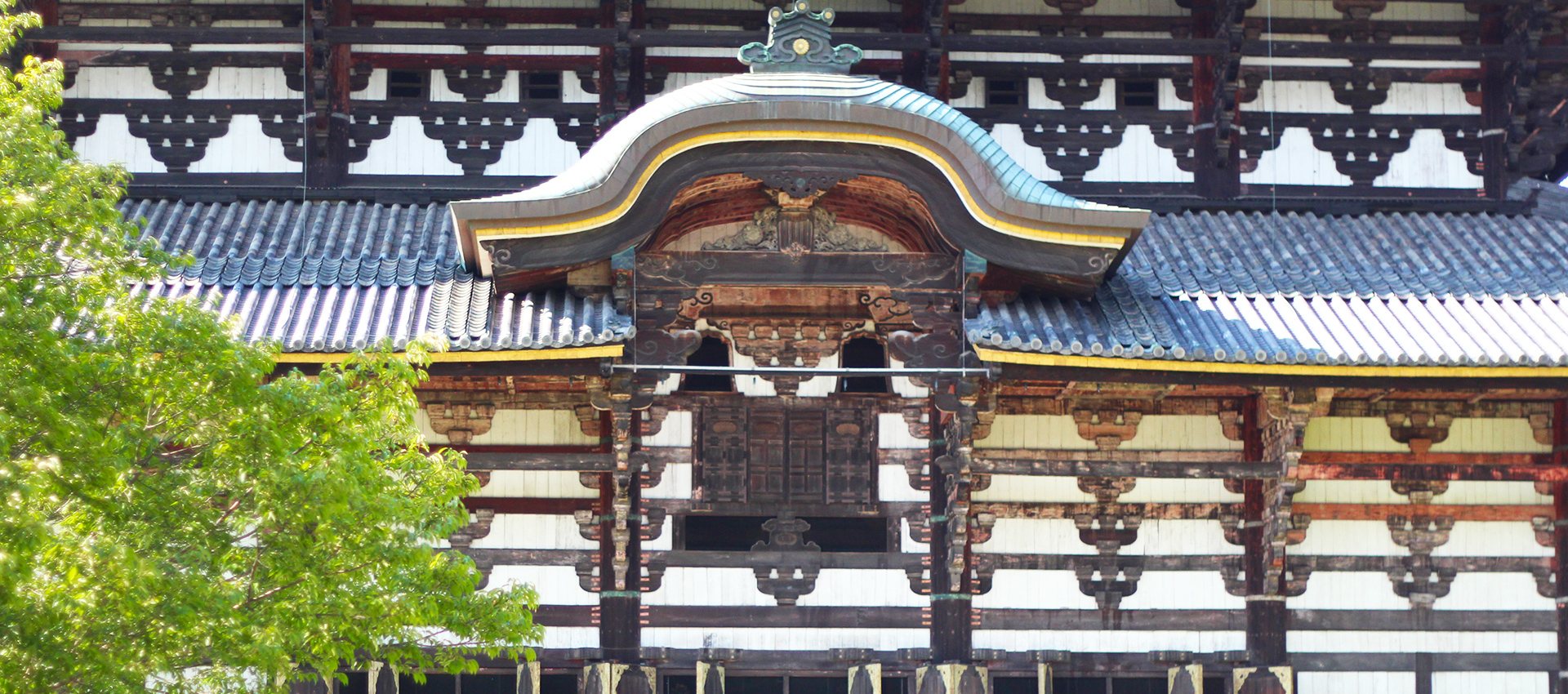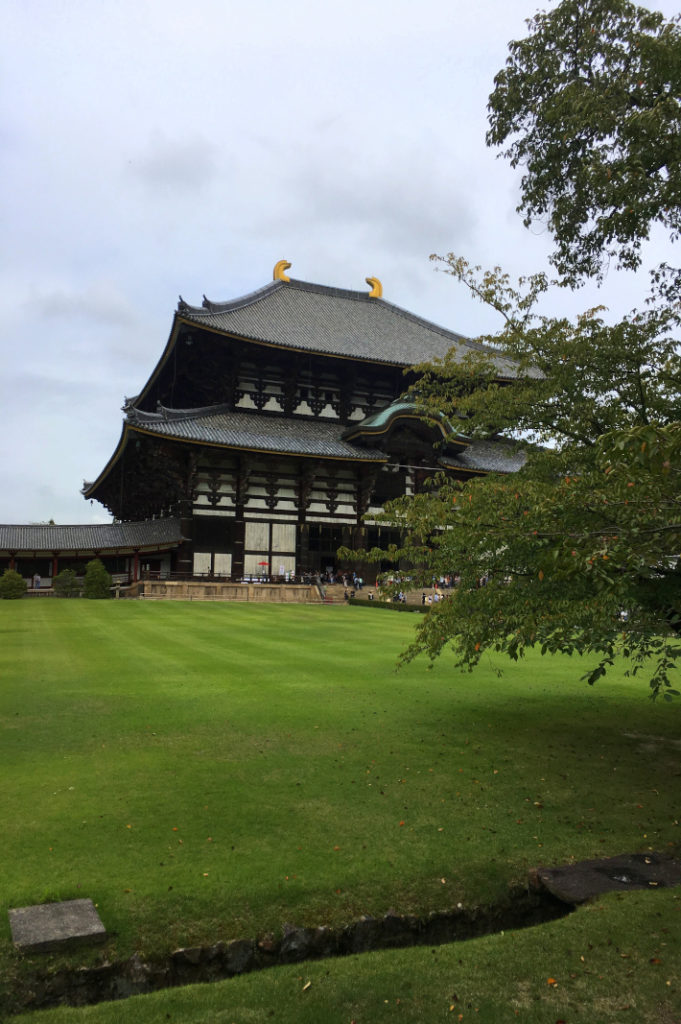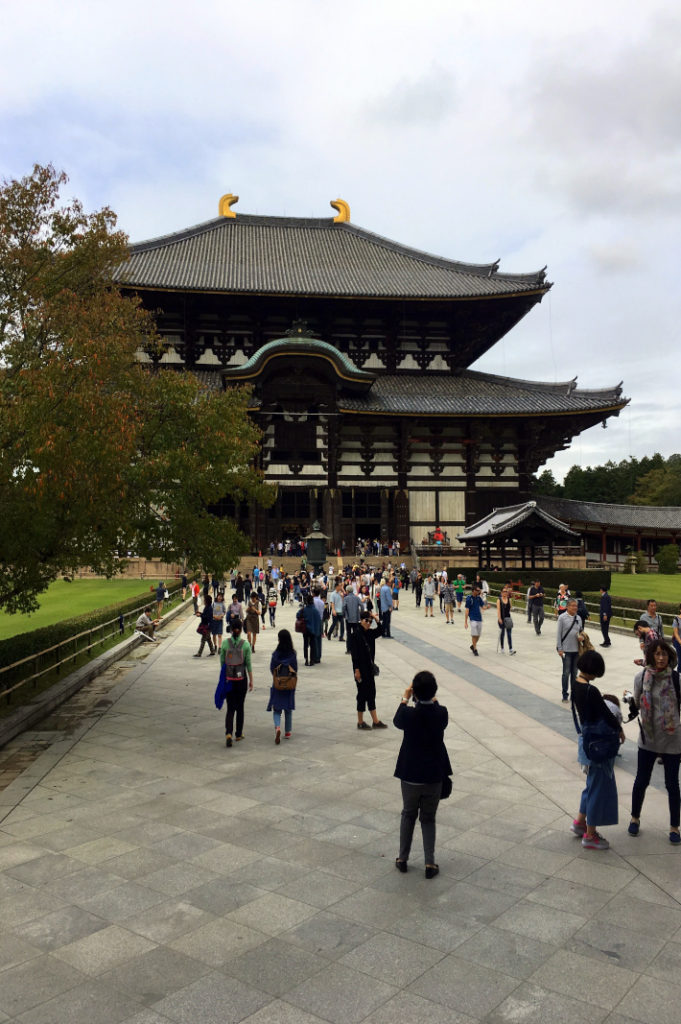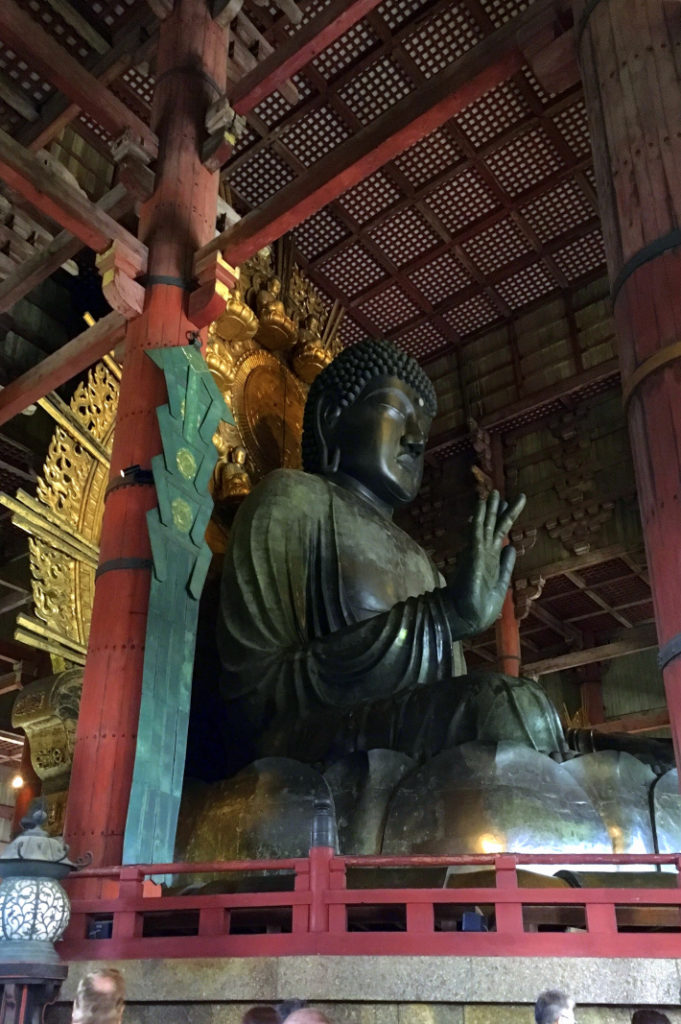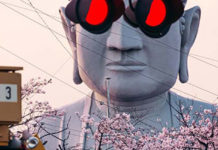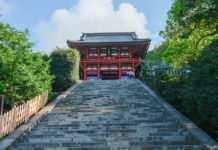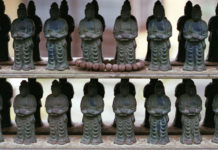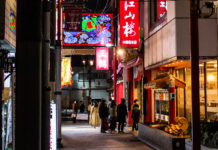Its creation nearly bankrupted the nation. Weighing over 500 tons and measuring an impressive 15 meters (49 feet) tall, Todai-ji Temple’s Great Buddha absolutely dwarfs his admirers. He rightfully holds the title of the largest bronze Buddha in the world. His equally impressive home rests just steps from the famous deer of Nara Park and currently serves as the thriving headquarters of the Kegon school of Buddhism.
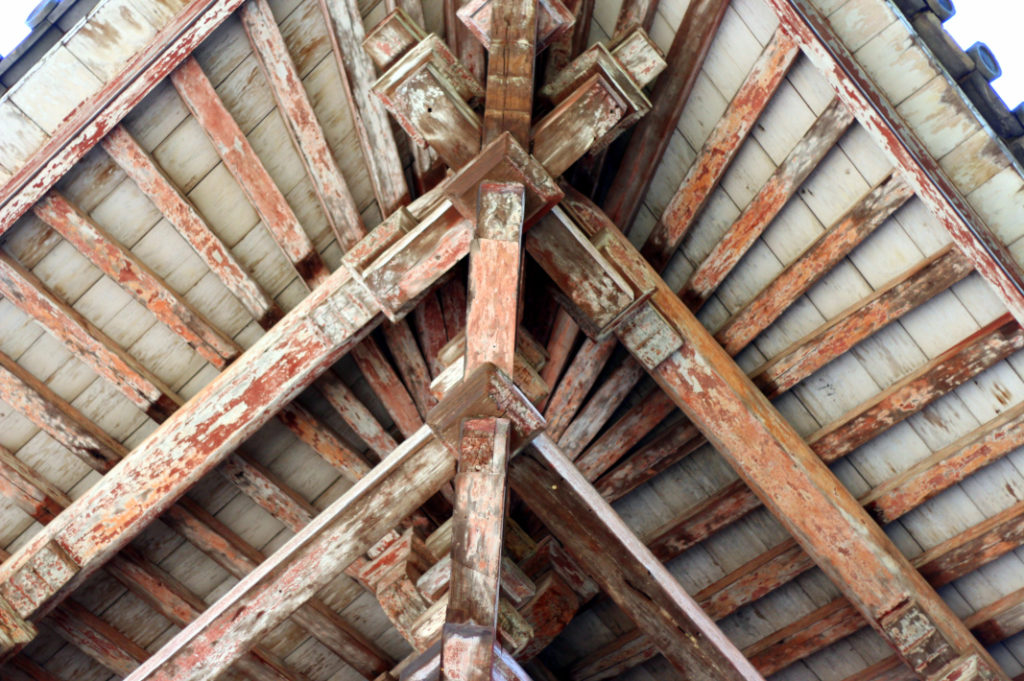
The Great Buddha’s Origins
What’s more impressive is that the Buddha’s towering form was completed in just 752 CE. The factors that sparked this remarkable undertaking are many. While crop failures and smallpox assaulted the country at large, Emperor Shomu suffered through an attempted coup and the death of his own infant son. Seeking the Buddha’s protection, Shomu called for the construction of new Buddist temples: most notably, Todai-ji Temple. However, Japan had weathered some tough years. According to the Temple’s records, stunningly, more than 2,600,000 people donated materials or their own labour to help construct the Great Buddha (Daibutsu) and the Great Buddha’s Hall (Daibutsu-den). It took eight castings and three years to build the Buddha, let alone his Hall.
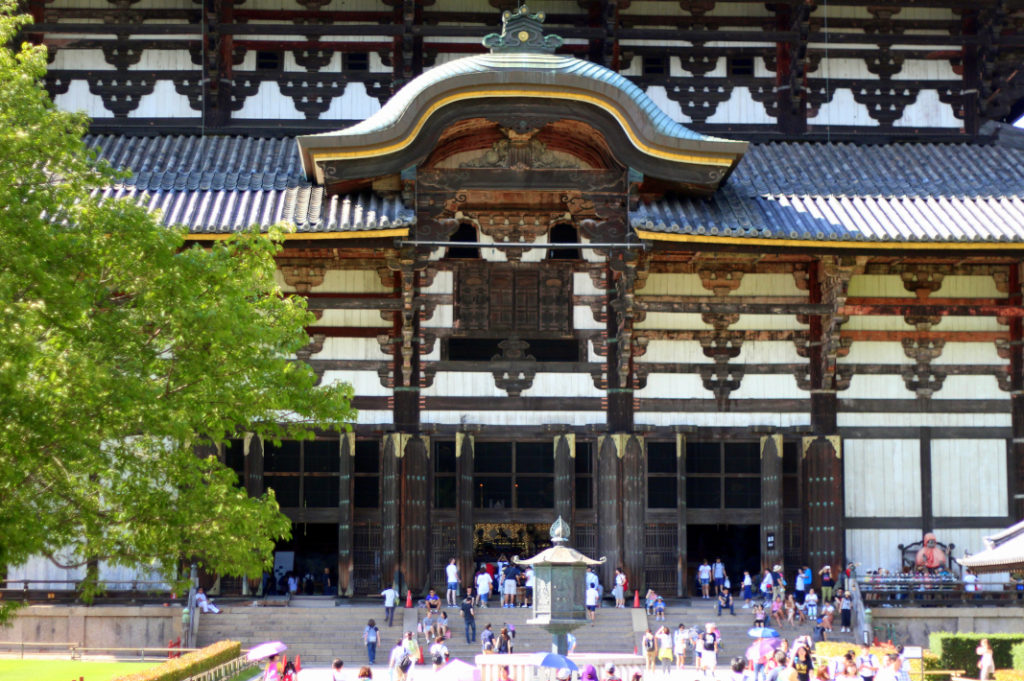
A Shocking Discovery at Todai-ji Temple
When it was first completed, the Great Buddha would have been entirely encased in gold. In fact, visitors should check out the models behind the Great Buddha to get a sense of what the Hall’s original appearance would have been like. Over the years, both the Great Buddha and his Hall would suffer damage from lightning strikes, rebellions, and earthquakes to name a few. Shockingly, the Great Buddha’s head even fell off during an earthquake in 855 CE and, understandably, was repaired very quickly. Imagine how uneasy you’d feel after that kind of sign. These days, while the Great Buddha has cast off his gold casing, he is still undeniably resplendent.
Furthermore, the Great Buddha’s Hall has been severely damaged multiple times. The current building, which dates to 1709, is actually 30% smaller than the original. Currently, the Great Buddha’s Hall and its contents are protected as a World Heritage site. That said, there’s been some shocking recent news about the Great Buddha. X-rays of the Great Buddha’s leg have revealed a secret treasure trove hidden within it. Among pearls, swords, and jewels, the x-rays identified a single human tooth. It’s rumoured that the tooth belonged to Emperor Shomu himself.
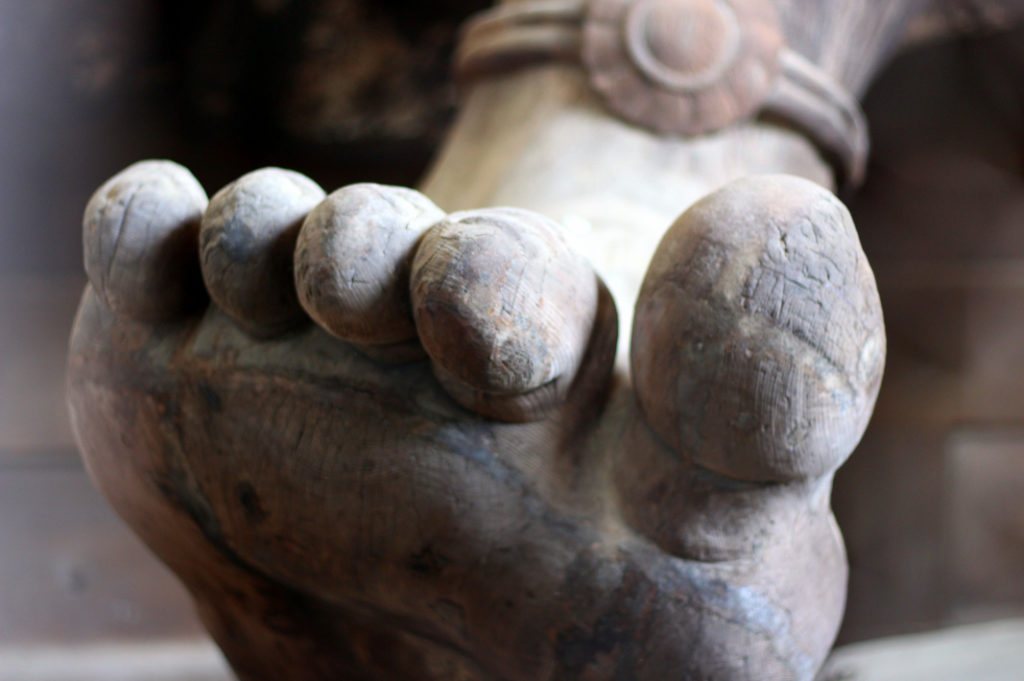
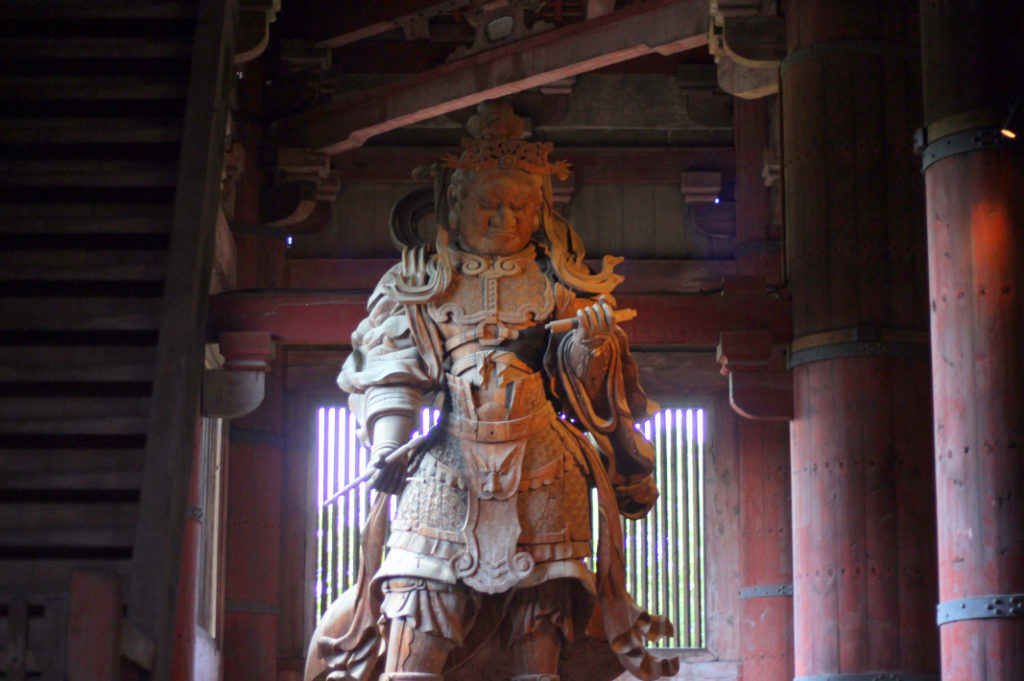
Other “Big” Sights at Todai-ji Temple
But Todai-ji Temple isn’t just known for its Great Buddha. As you enter the temple, you’ll pass through the Great South Gate (the Nandaimon) and glimpse its fierce warriors: the Nio Guardian Kings. Carved in 12th century, their 8-meter tall, heavily muscled forms are locked in a deadly dance. While renowned as ferocious demon slayers, the pair are also known for their deadly grace and respected as master dancers. Within the hall itself, an additional set of guardian statues keep watch over the Buddha. Finally, just next to the Great Buddha, it’s hard to miss the curiously large pillar with a barely human-sized hole right through its centre. It’s said that if you successfully squeeze yourself through the hole, you’ll reach enlightenment in your next life. Claustrophobics will want to hang back; however, there’s always a long line of enthusiastic visitors willing to give it a go.
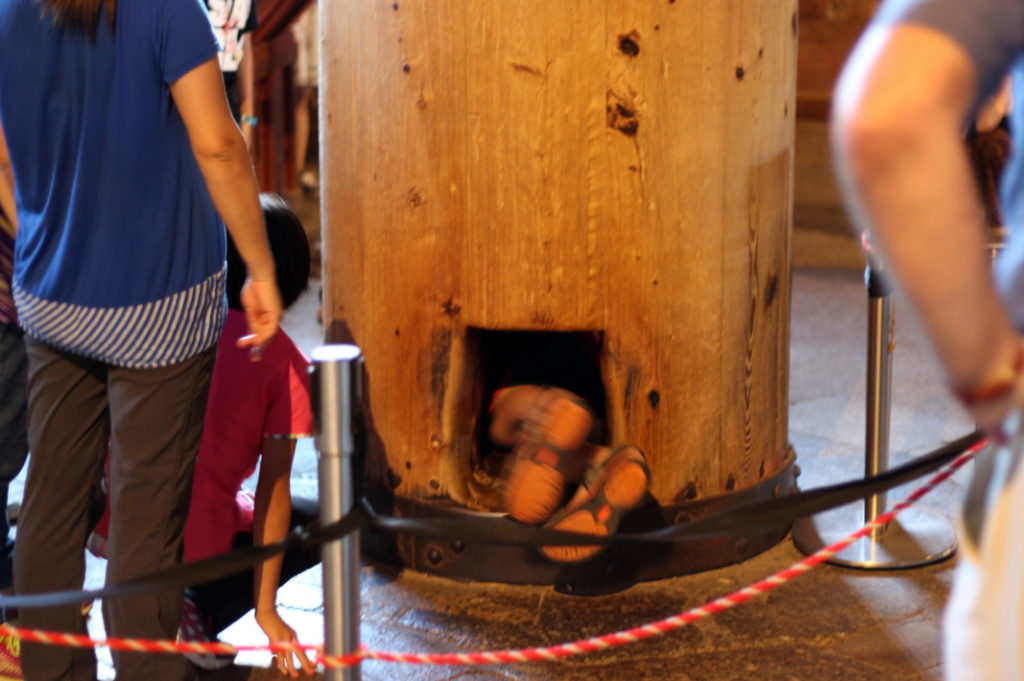
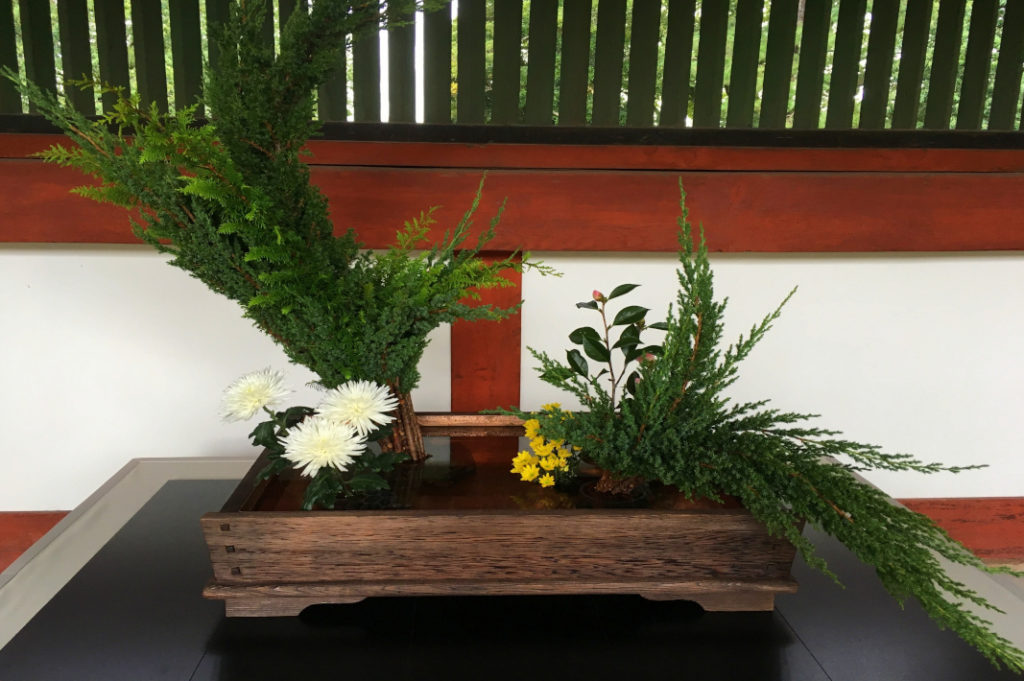
Popular Sights Close to the Great Buddha
Meanwhile, Todai-ji temple is just steps from many of Nara’s other most popular sights. Deeper into Nara Park, visitors can pose and play with Nara’s famous, free-roaming deer. Additionally, at its Eastern edge, visitors can explore the otherworldly Kasuga Taisha Shrine, which contains over 3,000 lanterns. After that, drop by the nearby Horyuji Temple to check out the world’s oldest wooden building. Finally, stop by the Todai-ji Culture Center and Nara National Museum to brush up your history and get a closer look at some of the area’s most precious treasures. While there’s no shortage of things to do in Nara, make sure to visit to its “biggest” attraction.
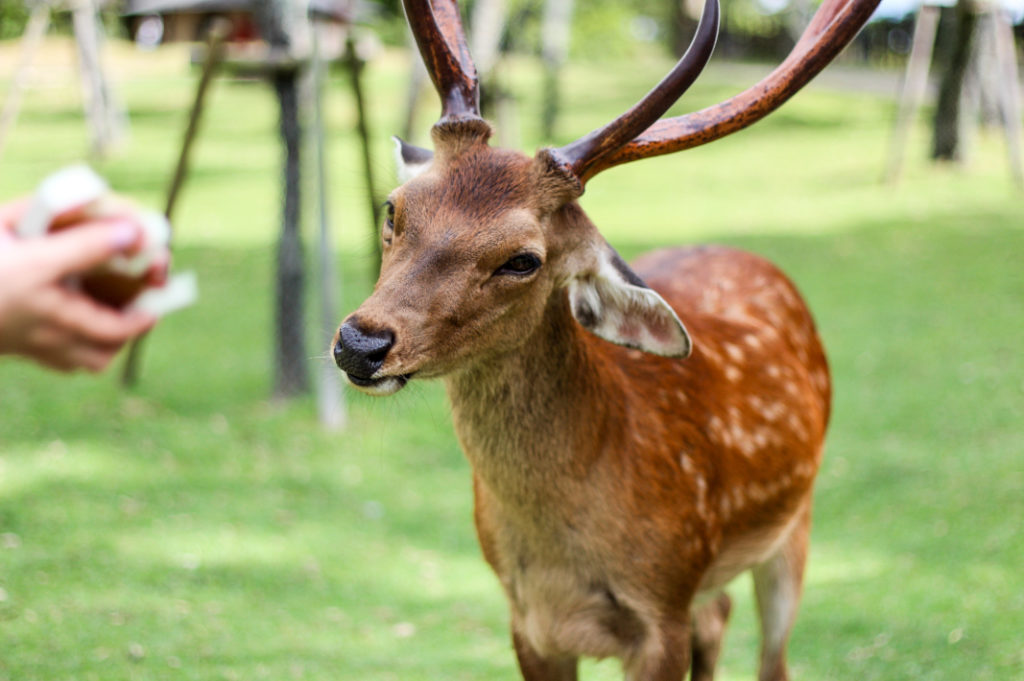
Name: Todai-ji Temple
Address: 406-1 Zoshi-cho, Nara-shi, Nara-ken
URL: http://www.todaiji.or.jp/english/
Post by: Japan Journeys



